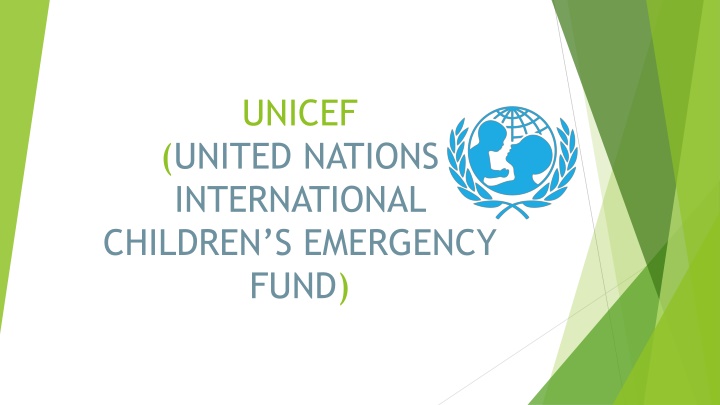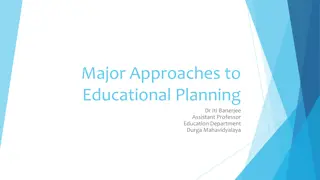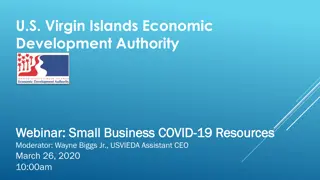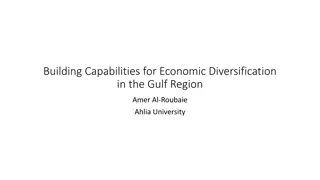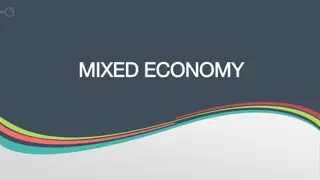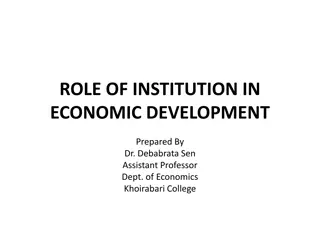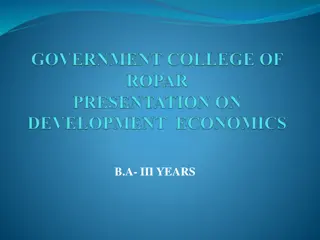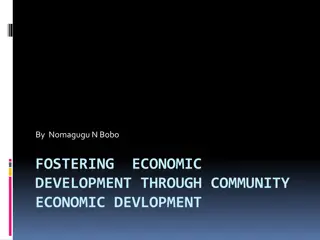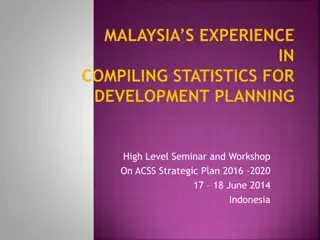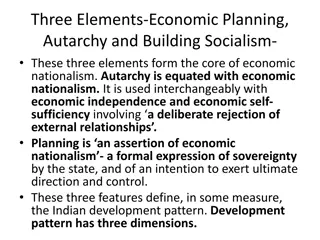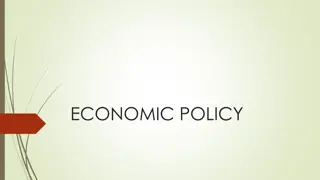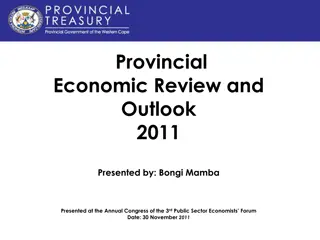Approaches to Economic Development
Strategies for improving economic development include need-based and asset-based approaches, focusing on immediate needs and long-term empowerment, respectively. Countries can pursue self-sufficiency or international trade approaches, while structural adjustment loans offer a form of foreign investment with conditions attached.
Download Presentation

Please find below an Image/Link to download the presentation.
The content on the website is provided AS IS for your information and personal use only. It may not be sold, licensed, or shared on other websites without obtaining consent from the author.If you encounter any issues during the download, it is possible that the publisher has removed the file from their server.
You are allowed to download the files provided on this website for personal or commercial use, subject to the condition that they are used lawfully. All files are the property of their respective owners.
The content on the website is provided AS IS for your information and personal use only. It may not be sold, licensed, or shared on other websites without obtaining consent from the author.
E N D
Presentation Transcript
UNICEF (UNITED NATIONS INTERNATIONAL CHILDREN S EMERGENCY FUND)
HISTORY Established on 11th December 1946 by united nations general assembly. To provide emergency food and healthcare to children in countries that had been devastated by World War 2. Ludwik Rajchmann a Polish bacteriologist, is regarded as the founder of UNICEF. LUDWIK RAJCHMANN
1946 focused on food to Europe. In 1953, UNICEF became a permanent part of the United Nations System. In 1959 declaration of the rights of the children. In 1961 mainly focused on education to children. UNICEF was awarded the Nobel Peace Prize in 1965 and the Prince of Asturias Award of Concord in 2006.
MISSION OF UNICEF To ensure the basic nutrition, health and education needs of children are met. To give children the opportunity to expand their potential. To create an international ethical standard of behaviour towards children.
UNICEF INDIA The organisation began its work in India in 1949. 1975 - Integrated Child Development Services. 1985 - National Mission on Immunization. 2001 - Gujarat Earthquake. To ensure the basic nutrition, health and education needs of children are met.
UNICEF Regional Offices The following countries are home to UNICEF Regional Offices. The Americas and Caribbean Regional Office, Panama City, Panama Europe and Central Asia Regional Office, Geneva, Switzerland East Asia and the Pacific Regional Office, Bangkok, Thailand Eastern and Southern Africa Regional Office, Nairobi, Kenya Middle East and North Africa Regional Office, Amman, Jordan South Asia Regional Office, Kathmandu, Nepal West and Central Africa Regional Office, Senegal
CONTENT OF SERVICES 1.CHILD HEALTH UNICEF has provided substantial aid for the production of vaccines and sera in many countries. UNICEF has supported India's BCG vaccination programme from its inception. It has also assisted in the erection of a penicillin plant, near Pune; donated a DDT plant; two plants for the manufacture of triple vaccine and iodized salt. UNICEF has also assisted environmental sanitation programmes emphasizing safe and sufficient water for drinking and, household use in rural areas.
The purpose is not only to reduce child illness and death, but to improve the quality of life in the villages. Currently, UNICEF is focusing attention on providing primary health care to mothers and children. The purpose is not only to reduce child illness and death, but to improve the quality of life in the villages. Currently, UNICEF is focusing attention on providing primary health care to mothers and children. Emphasis is placed on immunization; infant-and young child care; family planning aspects of family health; safe water and adequate sanitation. The services contemplated are intended to be so organized that the local community can participate in planning personnel and material support. The services will be delivered economically at the village level through resident volunteers or part-time primary health workers selected for the- purpose with the agreement of the local community.
2.CHILD NUTRITION UNICEF gives high priority to improving child nutrition. Its aid for child nutrition, which first took the form of supplementing child feeding began to expand in mid- 1950s with the development of low-cost protein-rich food mixtures. In collaboration with FAO, UNICEF also began aiding "applied nutrition" programmes through such channels as community development, agricultural extension, schools and health services so as to stimulate and help the rural population to grow and eat the foods it required for better child nutrition.
The UNICEF has supplied equipment for modern dairy plants in various parts of India, viz. Maharashtra, Gujarat, Karnataka, Uttar Pradesh, West Bengal, Andhra Pradesh. Specific aid is also given for intervention against nutritional deficiency diseases, viz. provision of large doses of vitamin A in areas where xerophthalmia is prevalent; enrichment of salt with iodine in areas of endemic goitre; provision of iron and folate supplements to combat anaemias and enrichment of foods.
3.FAMILY AND CHILD WELFARE The purpose is to improve the care of children, both within and outside their homes through such means as parent education, day-care cehtres, child welfare and youth agendes and women's clubs. These services are carried out not as separate projects but as part of health, nutrition and education or home economics extension programmes.
4.EDUCATION Formal and non-formal: In collaboration with UNESCO, UNICEF is assisting India in the expansion and improvement of teaching science in India. Science laboratories' equipment, workshop tools, library books, audiovisual aids are being made available to educational institutions. Emphasis is placed on the kind of schooling relevantto the environment and future life of the children.
Currently, UNICEF is promoting a campaign known as GOBI campaign to encourage 4 strategies for a "child health revolution" G for growth charts to better monitor child Development 0 for oral rehydration to treat all mild and moderate dehydration B for breast feeding, and I for immunization against measles, diphtheria, polio, pertussis, tetanus and tuberculosis.
CONCLUSION UNICEF activities cover programmes assisting in child survival, protection and development; interventions like immunization, improved infant feeding practices; child growth monitoring, homebased diarrhoea management, drinking water, environmental sanitation, birth spacing, education of girls and income- generating activities for women.
